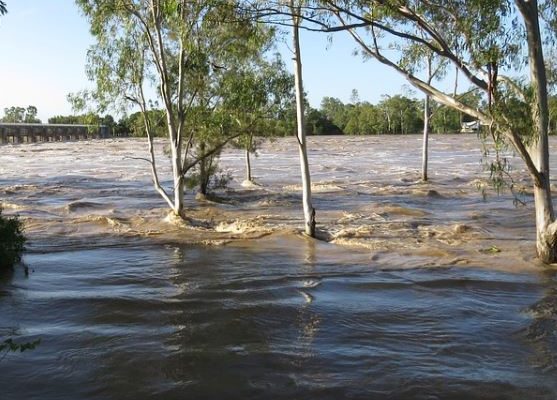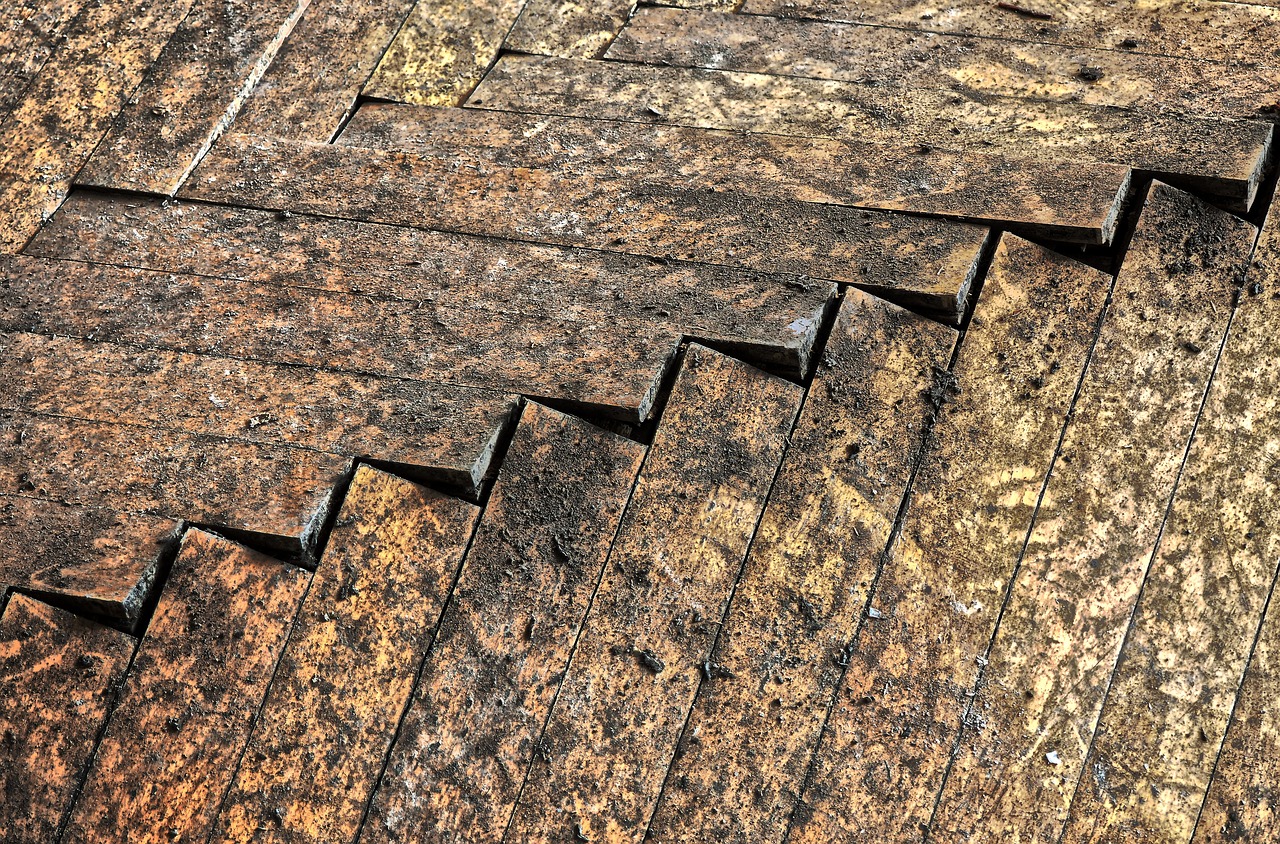Any Australian homeowner – especially in South Australia – will tell you that our recent rain is a welcome change from a dreadful bushfire season and a decade of continual drought.
Water tanks are full to the brim, your backyard grass is noticeably greener, and skies are at last blue again.
But what happens when torrential rain leads to flooding in your home, leaks in your roof, on your newly laid carpet and clogs in your drain pipes?
The reality is that water damage may have been developing for years before the recent rain we’ve had. It just may have taken a downpour to make it apparent.
Common Causes Of Water Damage In Your Home
If you’ve recently had a bout of torrential rain, like most parts of South Australia have had, you’ll do anything to keep your home watertight. A leak or flood might come in the form of a stain across the ceiling or down the wall, or a noticeable and monotonous trickle of water in the kitchen that you can’t seem to get rid of.
Whether your home is two years old or 20, you’ll inevitably come into contact with leaks and minor floods. There are a number of reasons for this.
Some include:
Clogged gutters: Have you been neglecting to clean out the muddy layer of leaves and debris that have settled in your gutters? Not only can built-up debris be a fire hazard on dry, hot days, but without a clear path, water has no place to go. When it overflows, it can get into nooks and crannies in your roof, and potentially cause a leakage.
Ground floor flooding: The effect of flooding on your ground floor depends on a couple of factors; volume and duration. And sometimes there’s no way around it. When there’s heavy rain, water damage to certain structural parts of your home becomes vulnerable.
Exterior wall damage: If your gutters aren’t clear, water overflow will inevitably occur. When water overflows from roofing gutters, it will poor down exterior walls causing erosion of outer wall material.
Drainage issues: If yards aren’t exposed to proper drainage routes then excessive water build-ups will cause your foundations and exterior walls to become brittle.
The age of your roof: An old and poorly maintained roof will naturally be more likely to have a few broken or missing roof tiles. And, while roof tiles don’t rust, where there’s a valley in your roof, there’s an inviting spot for water to puddle. If your roof is a couple of decades old, its valleys will most likely be enforced with galvanized metal which can rust. Combine a valley with gum leaves and torrential rain, and you have a recipe for a leak.
Broken or missing tiles and shingles: They can be small, or they can be big, but if there is a hole in your tile or a loose shingle on your roof, then there’s the potential for water to sneak in and cause a rotting, leaky roof.
Skylights and roof vents: The second a hole is cut out of a roof for a skylight, it’s vulnerable to a roof leak. Cracked vents, poor sealing jobs, and carelessly installed skylights can also be causes of roof leaks.
So You’re Experiencing Water Damage – What To Do?
Step 1) Document the issue immediately. Whether you are a homeowner or a renter, it’s a good idea to keep photo or video documentation of the damage that’s occurred. This will help you track the rate of damage and assist your landlord or plumber in analyzing the speed and extent of the spread of the leak, clog or flood. It will also remind you to be on top of your roof maintenance!
Step 2) Call in the experts. All you need to do is Google “DIY solution to residential water damage” to find a shoddy solution to what can be a very complicated issue. Plywood, plastic, and tar should not be considered as trustworthy materials for home restoration projects.
Not only does this have the potential to create further damage if you don’t have the proper training or tools, but it also poses a serious danger for DIYers. It’s best to call in skilled plumbers, who can help assess and repair your damage at a professional level.
Besides, by the time you have seen the water stain on your ceiling, or seen the puddle on your floorboards, it’s a good bet that the problem needs professional intervention.
The truth is, only trusted professionals can fix complicated water damage issues and repairs with confidence.
A roof plumber can:
- Find the dreaded root of the problem
- Install metal roofing and rainwater goods if needed.
- Inspect your roof flashing, gutters and walls and repair them they’re rusted or warped.
- Check your gutters and downpipes.
- Examine and repair metallic roof and wall claddings.
- Evaluate if any further damage to your ceiling has occurred.
- Check your plumbing to make sure there’s no clogs.
- Help with the repair of any plaster damage or refer you to a certified plasterer.
- Assess if there are mold or mildew issues.
- Provide useful temporary solutions if required, while repairs are being carried out.
Mayfair Building Group are on call 24/7 and service a range of suburbs and outer regions in Adelaide, so you know there are always handy professionals available on-call and close-by.
Not only will Mayfair Building Group help with inspecting and repairing the damage, but we’ll also provide you with those helpful maintenance tips to prevent a future occurrence.
Talk to a trained professional at Mayfair today, whether it is to save you amid peril, or for any construction, building or renovation project issues you’re experiencing.
Sometimes, leaving it in the hands of professionals is the best thing you can do, and can save you money in the long run.


